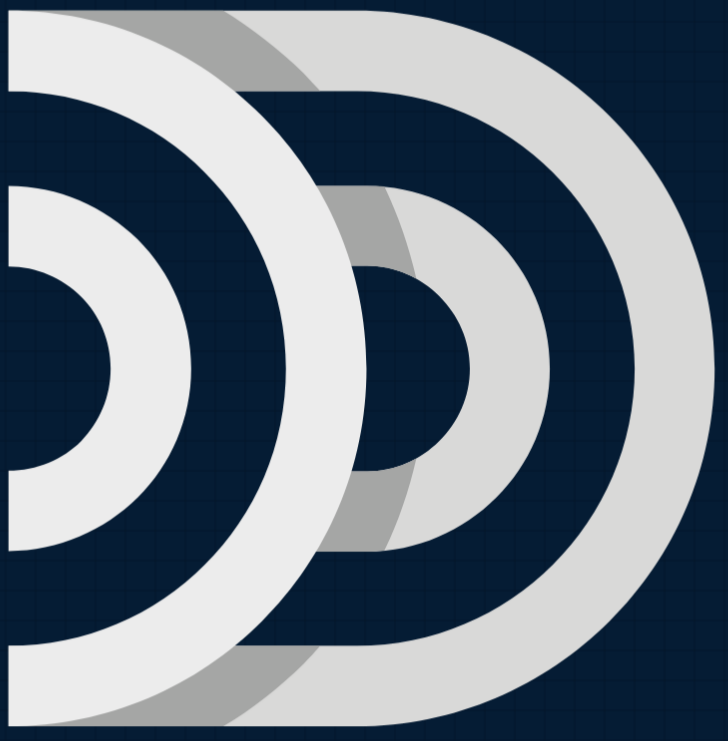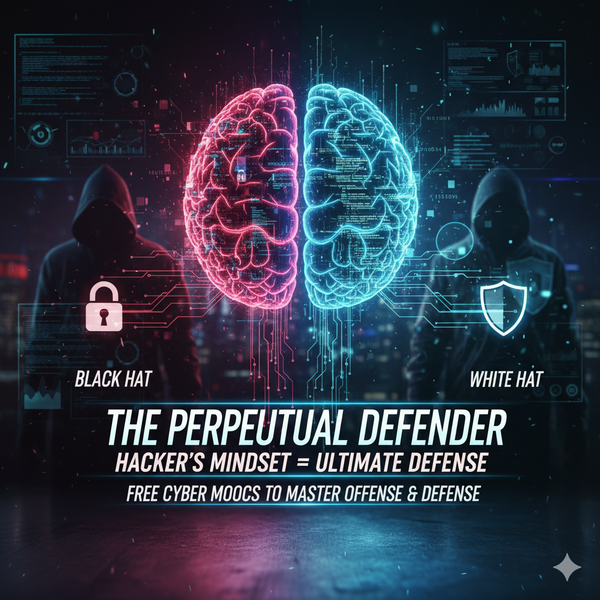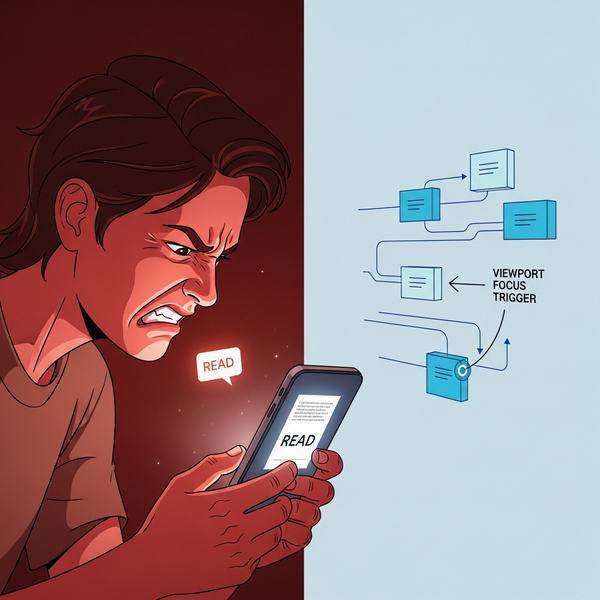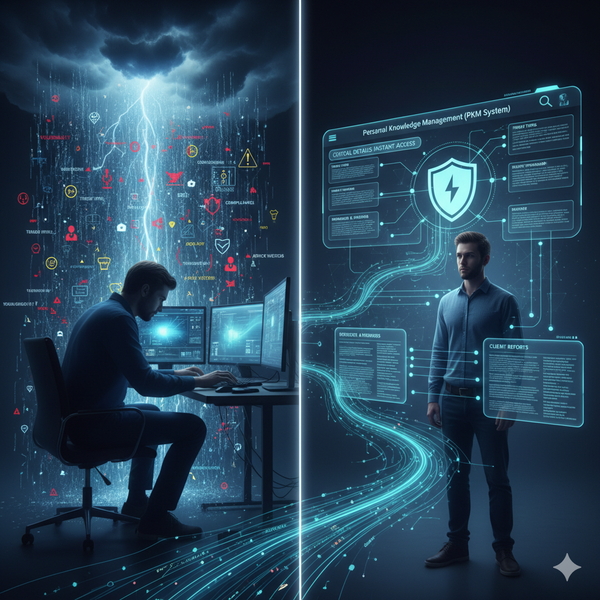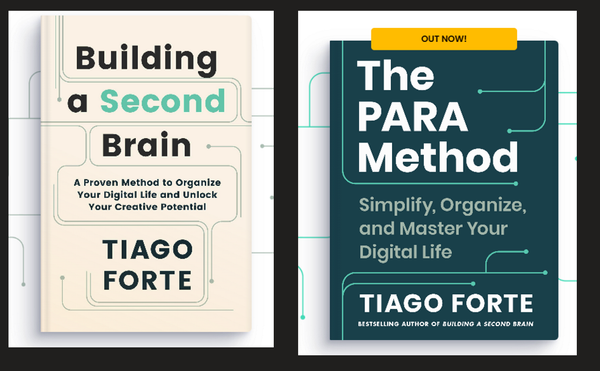From Web to iOS: Rediscovering Mobile Development After Years Away
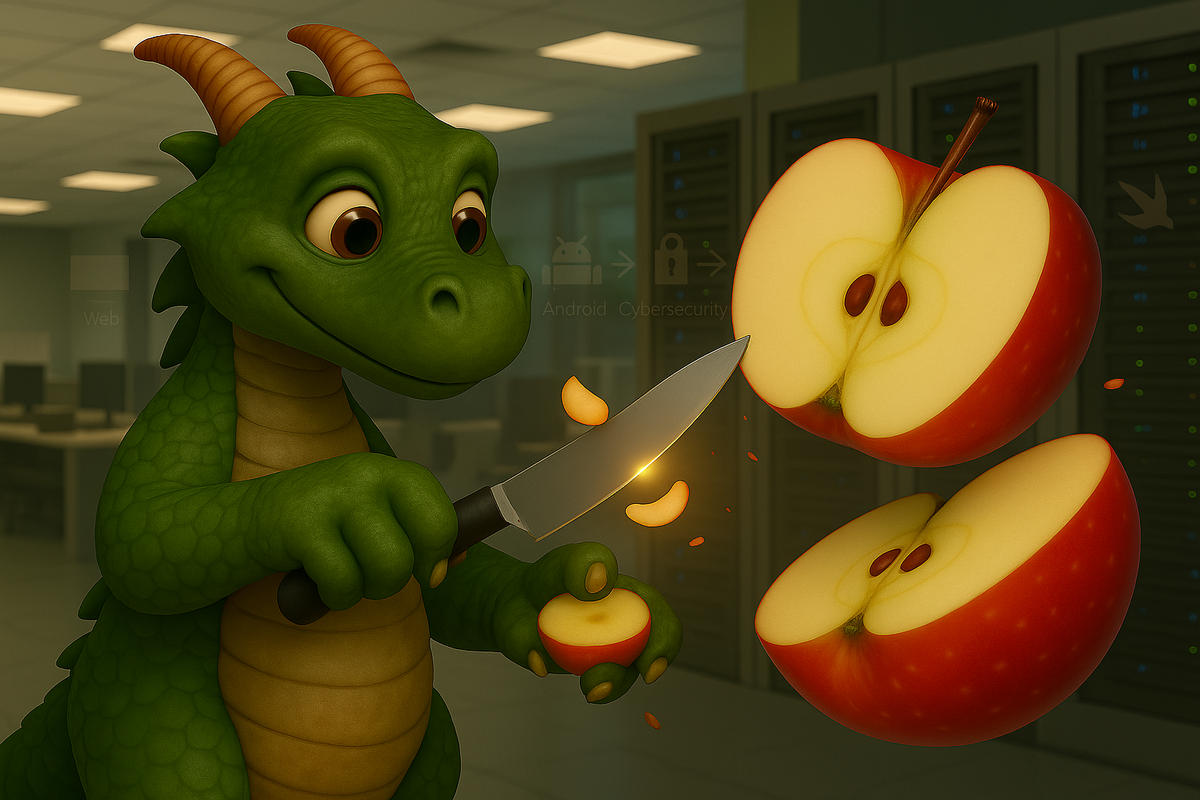
Can you teach an old developer new tricks? That's the question I found myself asking as I embarked on my iOS development journey through Coursera's comprehensive certification program. After years focused on web development, network administration, and my ongoing transition into cybersecurity, along with a brief but successful stint with Android development in 2017, I was ready to dive back into the mobile world—this time with Apple's ecosystem and a security-first mindset.
However, this journey represents something more profound than just learning another programming language. In an industry where technologies evolve at breakneck speed and yesterday's cutting-edge tools become tomorrow's legacy systems, I've made a commitment to continuous learning as a survival strategy. The goal isn't just to stay current—it's to build the habits and mindset of a perpetual learner who thrives on adaptation rather than fears obsolescence.
The Spark: Client Needs Drive Innovation (and Security)
The inspiration came directly from my web development clients. While I had mastered creating responsive, mobile-friendly websites using frameworks like Meteor, Adobe PhoneGap, jQuery Mobile, and React Native, my clients kept asking for more. They didn't just want websites that worked on mobile—they wanted native mobile experiences that could truly compete in today's app-driven market. More importantly, they were becoming increasingly concerned about data security and user privacy, particularly in light of the growing cybersecurity threats.
This feedback was a wake-up call. In today's digital landscape, having a mobile-optimized website isn't enough. Users expect native app experiences with seamless performance, intuitive gestures, and platform-specific features that web apps simply can't match. But they also demand robust security measures to protect their personal information and business data.
Building on Past Success
My confidence in tackling iOS development wasn't unfounded. Back in 2017, I successfully completed Udacity's Android native development course and created several functional Android applications. That experience taught me valuable lessons about mobile development patterns, user interface design principles, and the unique challenges of developing for smaller screens and touch interfaces.
Now, with my growing expertise in cybersecurity—including penetration testing, authentication systems, and multilayered security protocols—I was approaching iOS development with a more mature perspective. The transition from Android to iOS felt like learning a new dialect of a language I already spoke, but this time I was focused on security-by-design principles from day one. The core concepts—activities vs. view controllers, layouts vs. storyboards, intents vs. segues—were different in implementation but familiar in purpose, and I could now evaluate each from a security standpoint.
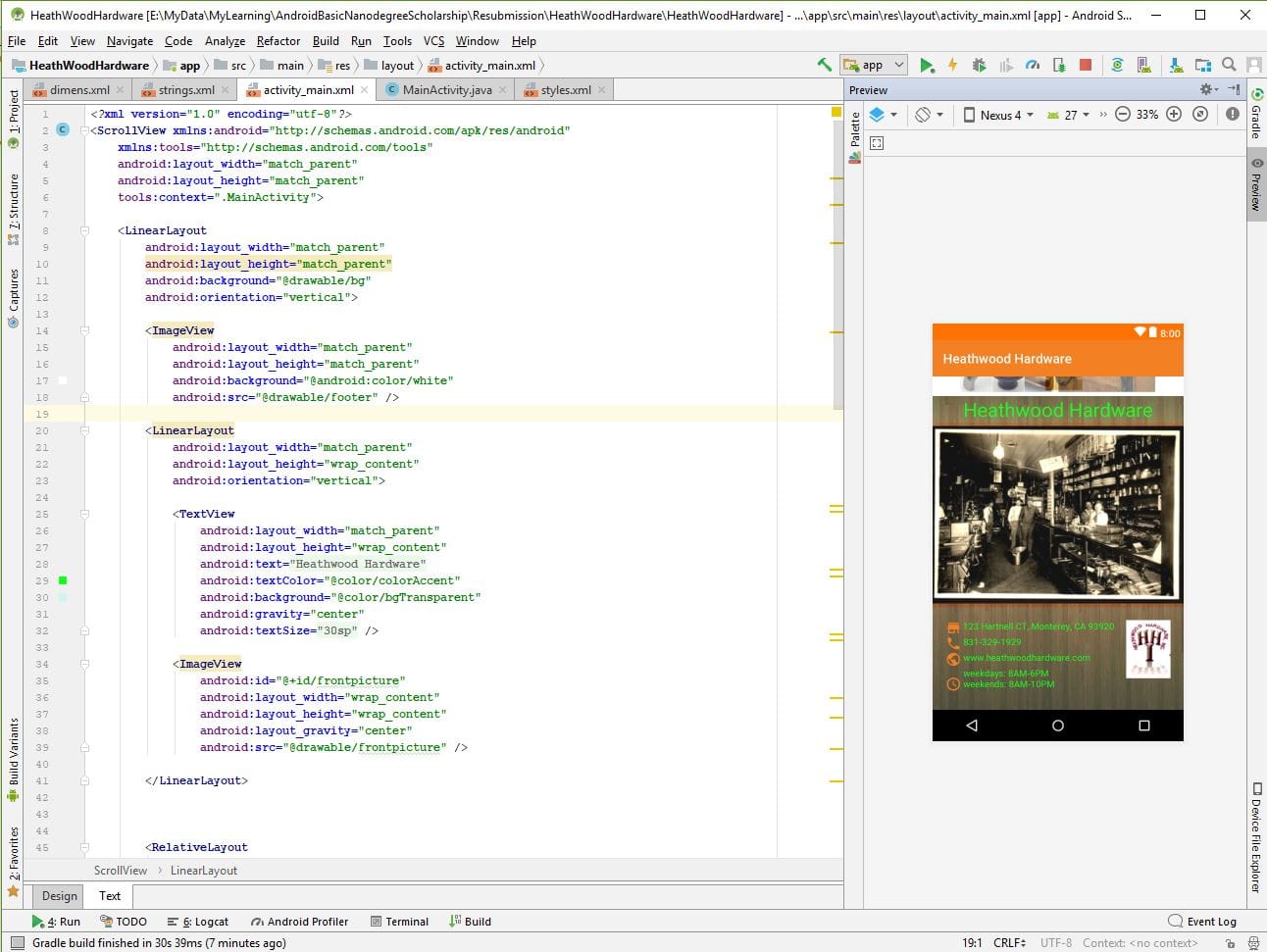
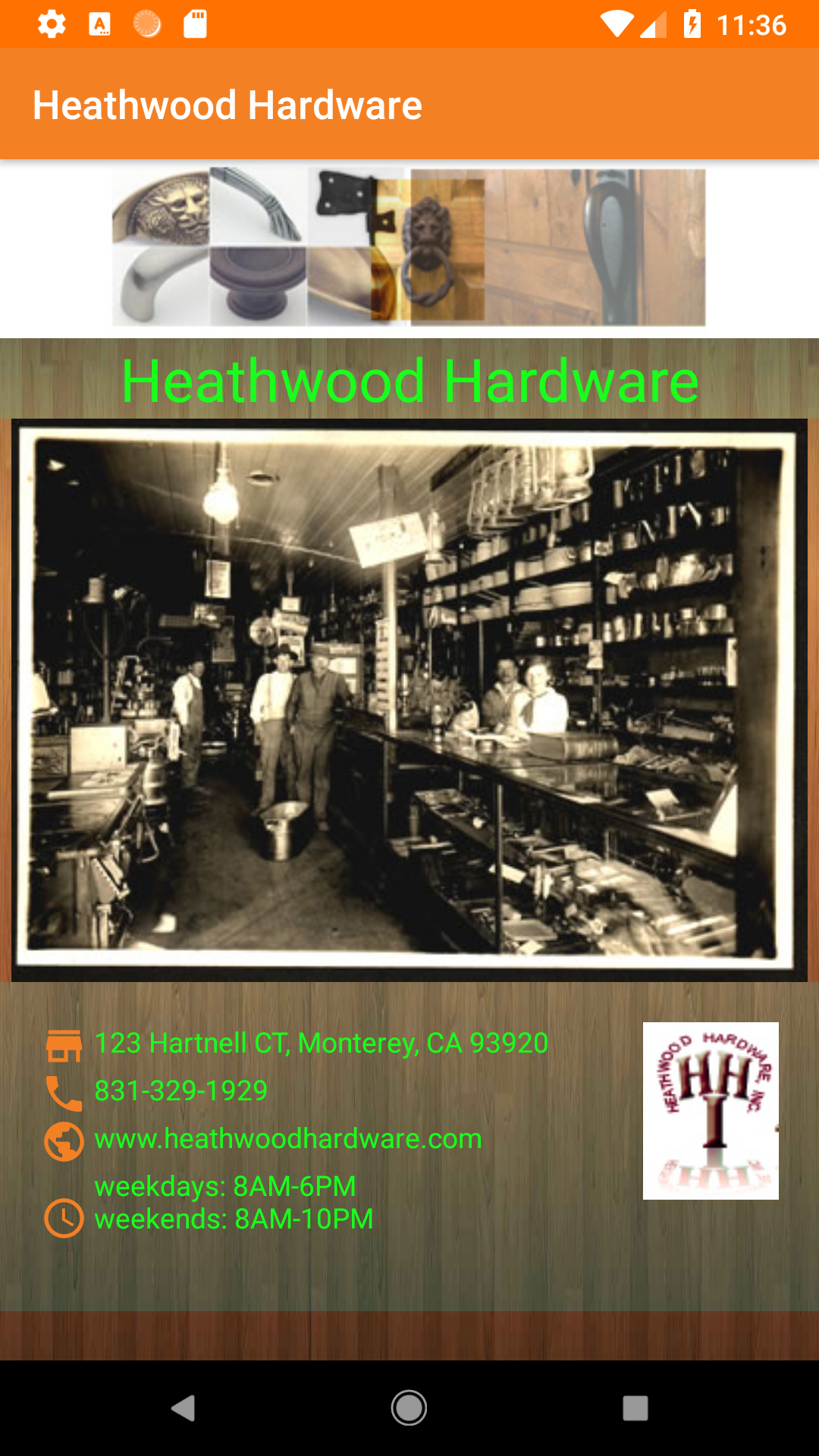
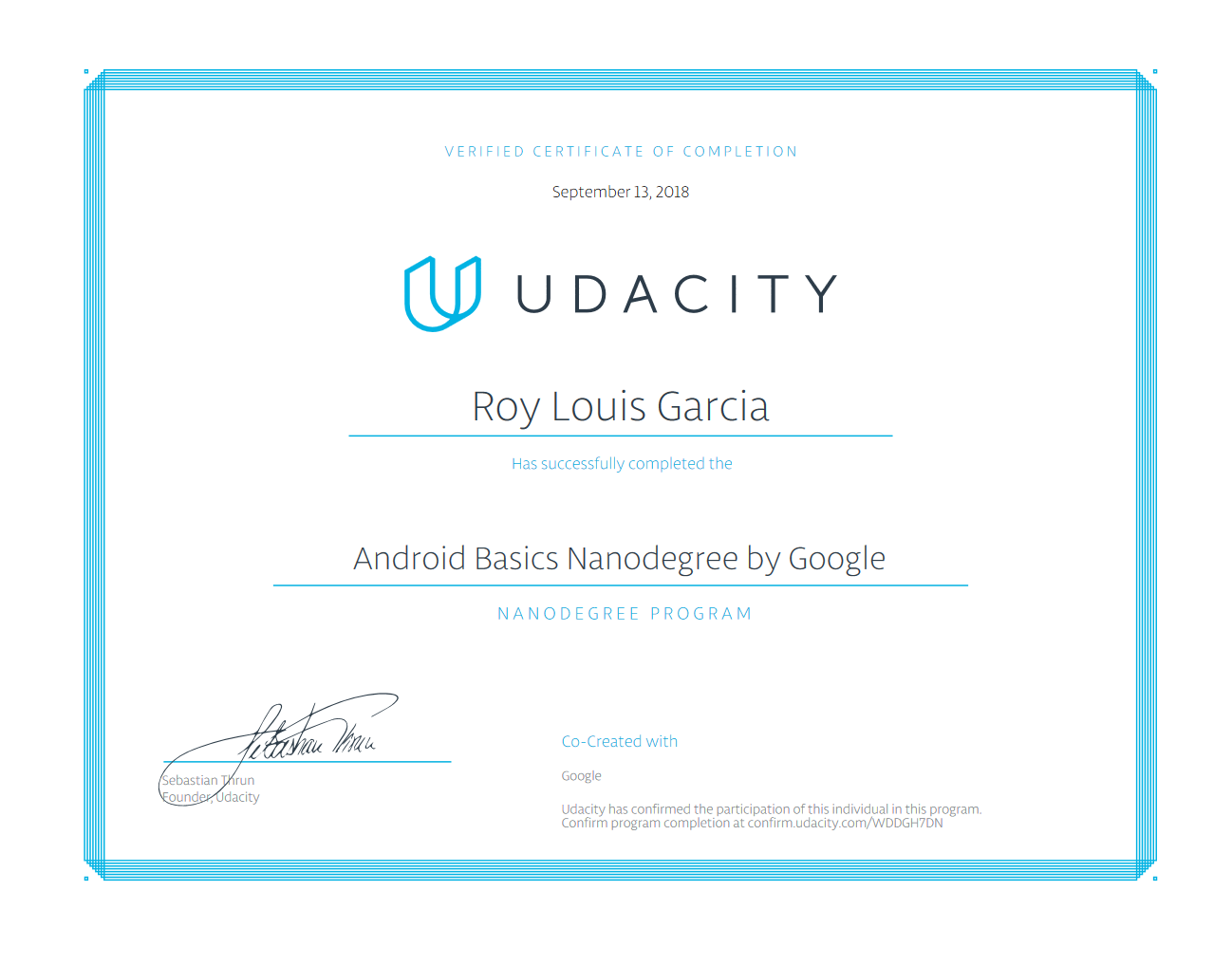
Learning Xcode
One of the most pleasant surprises of this journey has been Xcode's user interface. Coming from various IDEs and development environments, I was immediately impressed by the straightforward, intuitive design of Apple's development suite. The Interface Builder's drag-and-drop functionality, the seamless integration between code and visual design, and the comprehensive debugging tools created a development experience that felt both powerful and accessible.
The learning curve was gentler than expected, which gave me the confidence boost I needed to tackle more complex iOS concepts and Swift programming patterns.
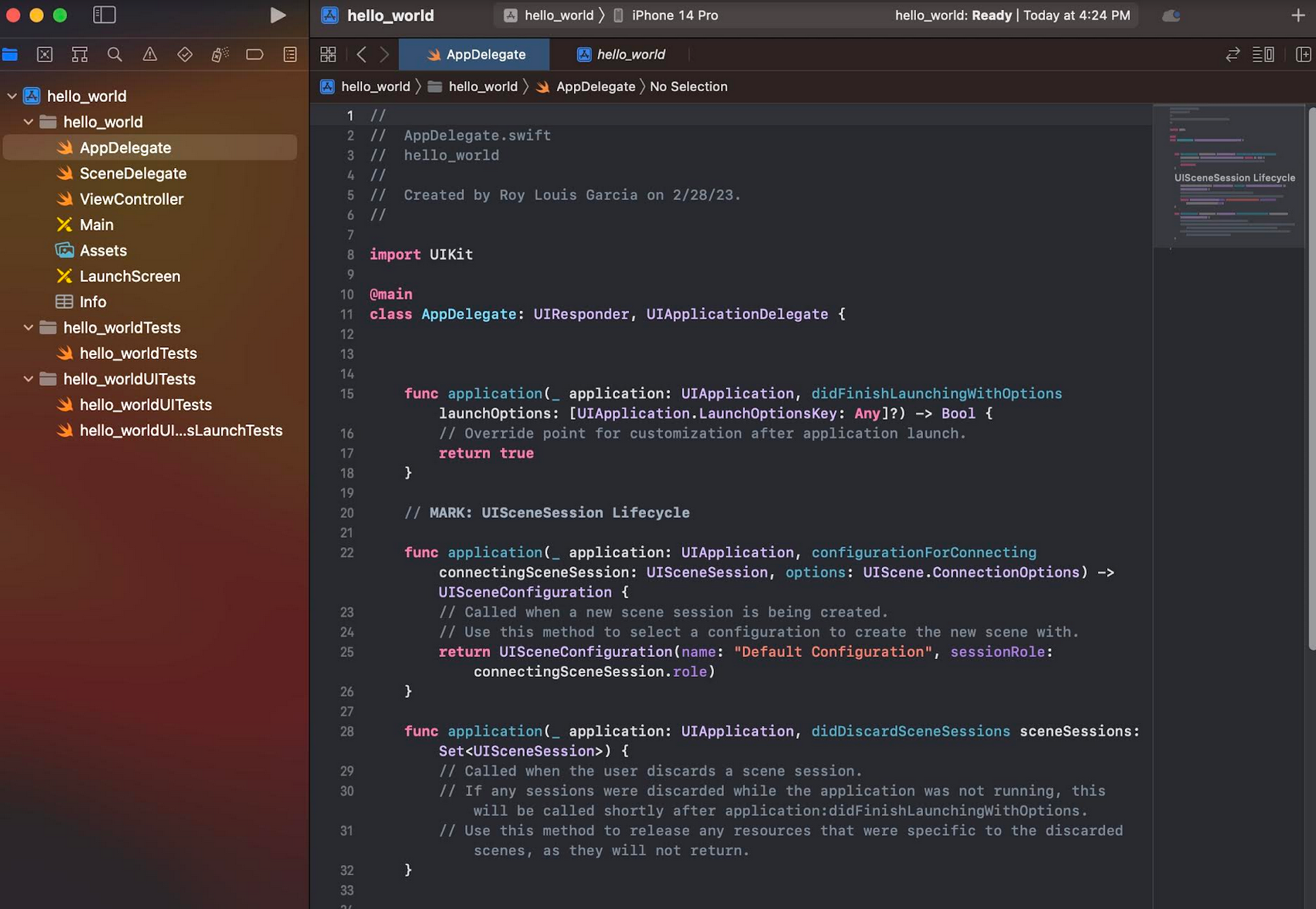
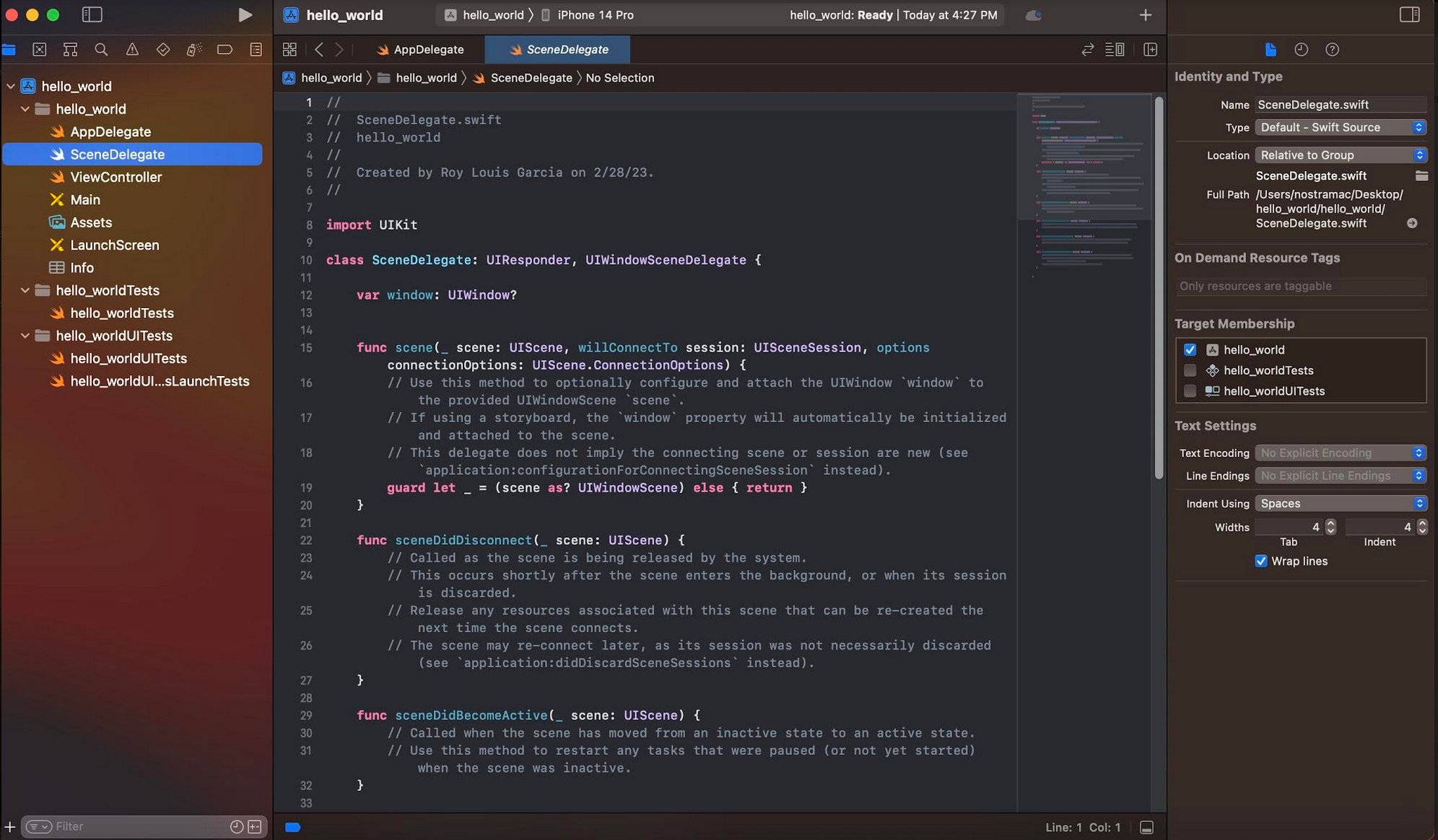
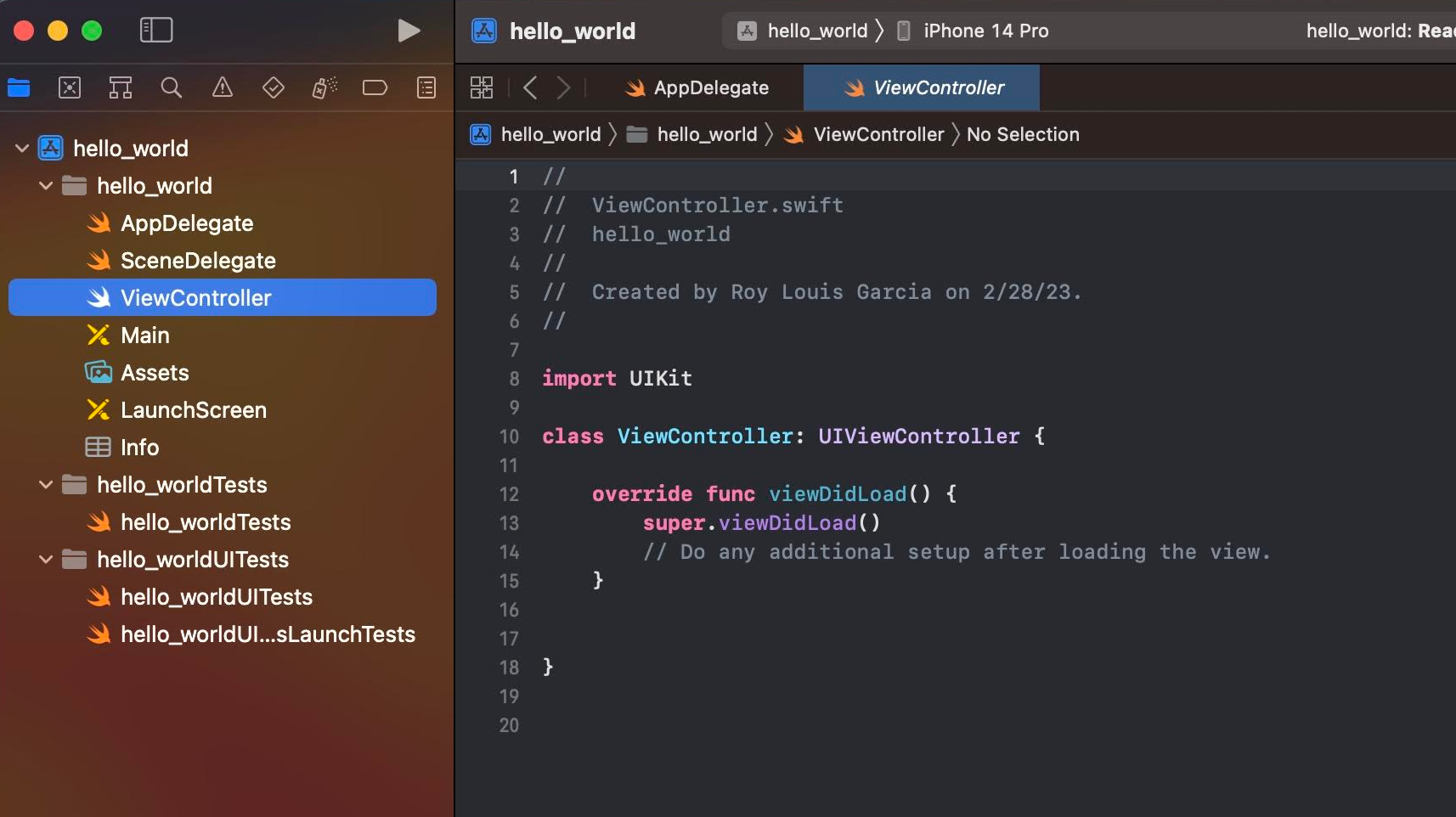
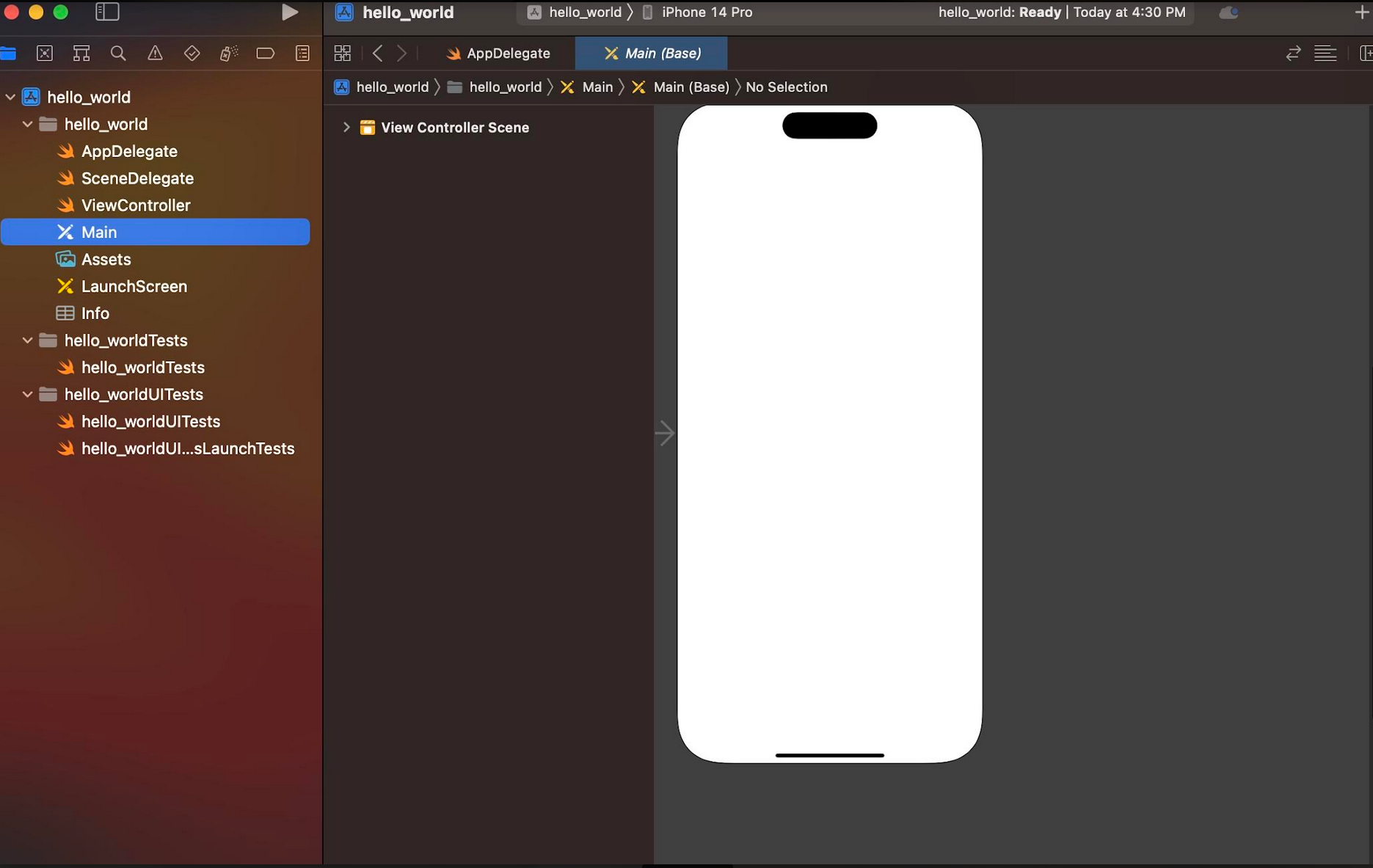
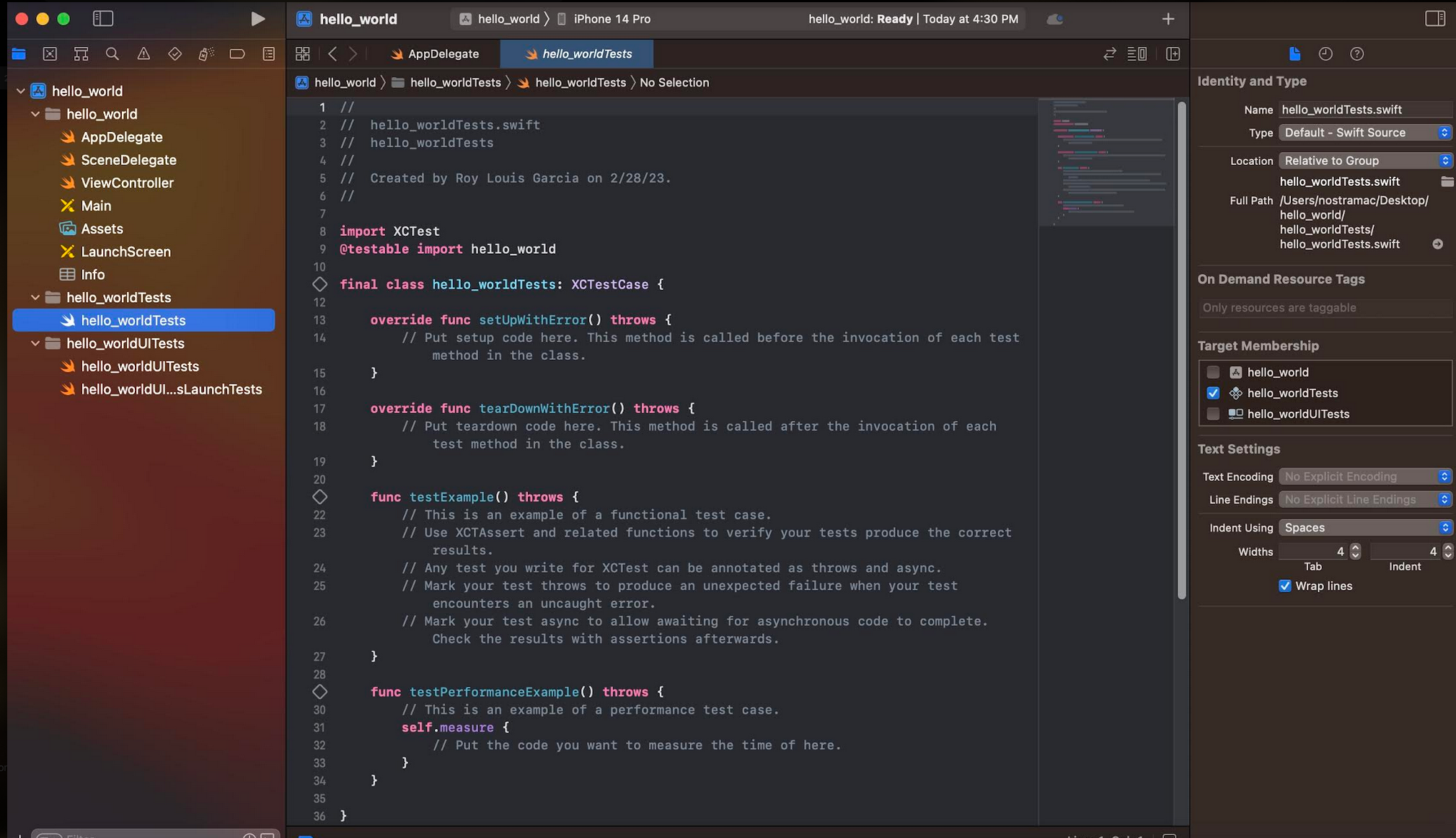
Reinventing My Stack: A Developer’s Approach to Lifelong Learning
I recently committed to Coursera’s iOS development certification, knowing the full path could stretch over a year and a half. But flexibility is my edge—I’m able to learn Swift fundamentals, UI/UX design, and advanced iOS features in parallel, thanks to a non-linear course structure that suits my rhythm.
This journey isn’t just about expanding technical skills. It’s a strategic stance against professional stagnation—a mindset forged from years in web development, network administration, Android tinkering, and my ongoing shift into cybersecurity. I've seen too many talented developers get stuck in the comfort of a single stack, only to be left behind when paradigms shift. That's not a risk I'm willing to take.
I treat continuous learning as a weekly responsibility. Whether I'm exploring new cloud patterns or keeping pace with emerging security frameworks, I view education as fuel—not garnish. And as a freelancer, I get to deploy fresh skills in real time across client projects. This certification is just one piece of a larger blueprint: a life of adaptive expertise and curiosity-driven growth.
Tools of the Trade
For this iOS journey, I'm using my trusty MacBook Air—the same machine I use for music creation. There's something poetic about using one creative tool to fuel another. The MacBook Air's portability means I can code anywhere inspiration strikes, whether I'm working from a coffee shop or collaborating with clients on-site.
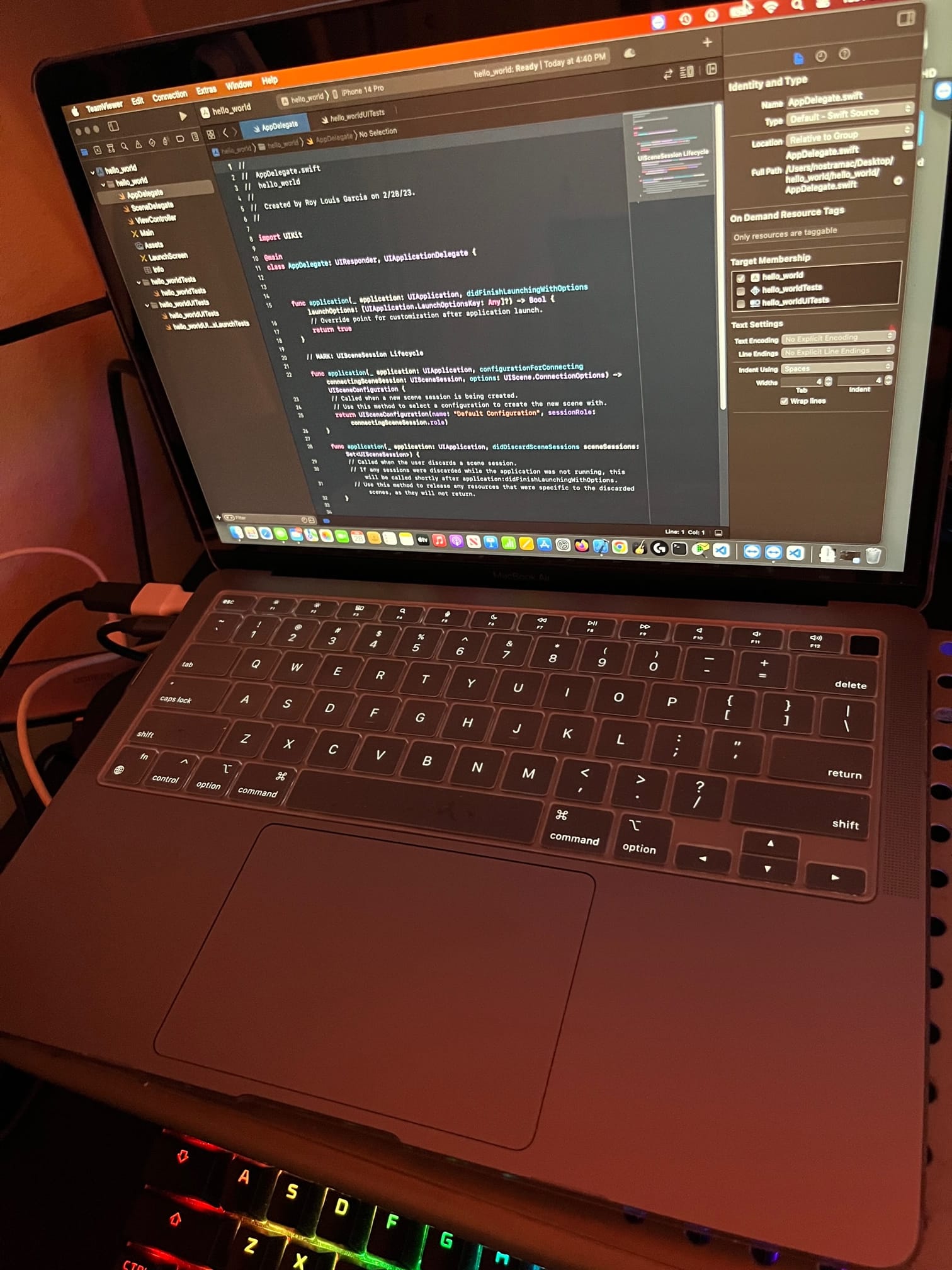
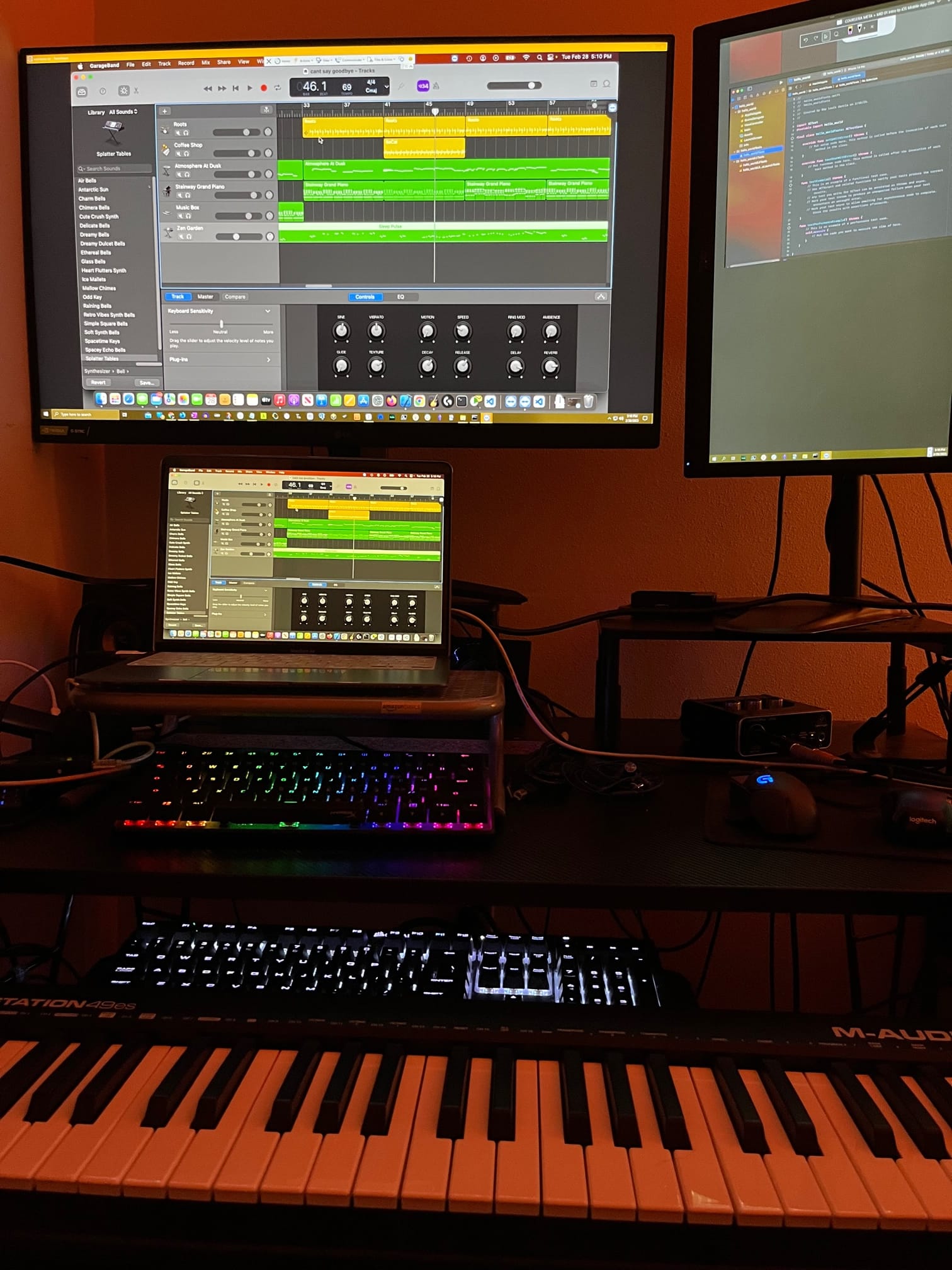
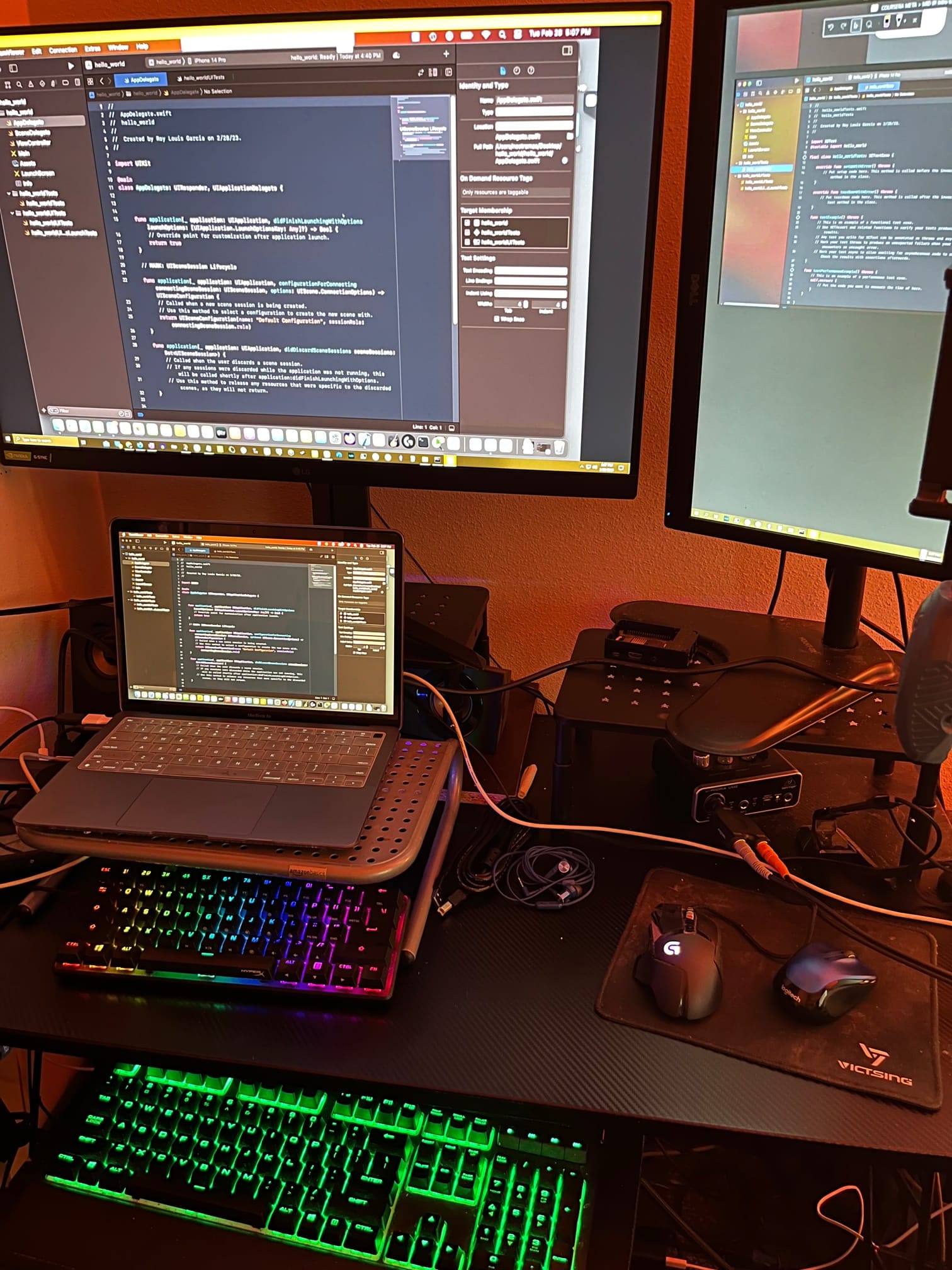
The Road Ahead
This return to mobile development represents more than just learning a new programming language—it's about staying relevant in an ever-evolving industry and better serving my clients' needs. The skills I'm gaining in iOS development will complement my existing web development expertise, creating opportunities to build complete digital ecosystems rather than just individual components.
But perhaps more importantly, this journey reinforces my commitment to being a lifelong learner in an industry that demands intellectual agility. Every new framework I master, every security protocol I understand, every mobile platform I conquer adds another tool to my professional toolkit while strengthening my capacity to learn the next thing.
For fellow developers considering a similar journey, my advice is simple: it's never too late to learn something new, but it's dangerous to stop learning altogether. The skills you already have are more transferable than you might think, and the habit of continuous learning is your best defense against professional obsolescence. The core principles of good development—clean code, user-focused design, and systematic problem-solving—remain constant regardless of the platform, but the willingness to adapt and grow determines who thrives and who gets left behind.
The question isn't whether I still have what it takes to learn a new language. The real questions are: what amazing apps will emerge from this fusion of web development experience, cybersecurity knowledge, and iOS innovation? And more critically, what will I learn next to stay ahead of the curve?
